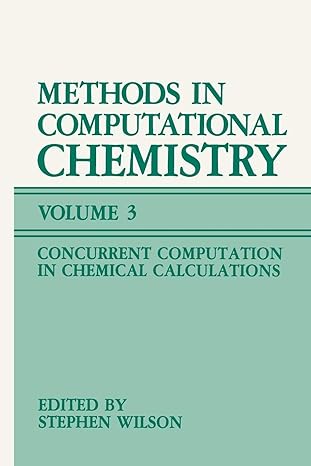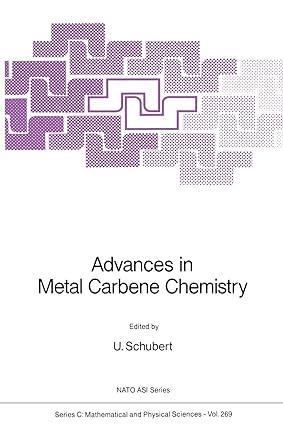Go back


Methods In Computational Chemistry Concurrent Computation In Chemical Calculations Volume 3(1st Edition)
Authors:
Stephen Wilson

Cover Type:Hardcover
Condition:Used
In Stock
Include with your book
Free shipping: April 03, 2024Popular items with books
Access to 3 Million+ solutions
Free ✝
Ask 10 Questions from expert
200,000+ Expert answers
✝ 7 days-trial
Total Price:
$0
List Price: $54.99
Savings: $54.99(100%)
Book details
ISBN: 1461574188, 978-1461574187
Book publisher: Springer
Get your hands on the best-selling book Methods In Computational Chemistry Concurrent Computation In Chemical Calculations Volume 3 1st Edition for free. Feed your curiosity and let your imagination soar with the best stories coming out to you without hefty price tags. Browse SolutionInn to discover a treasure trove of fiction and non-fiction books where every page leads the reader to an undiscovered world. Start your literary adventure right away and also enjoy free shipping of these complimentary books to your door.
Methods In Computational Chemistry Concurrent Computation In Chemical Calculations Volume 3 1st Edition Summary: Recent years have seen the proliferation of new computer designs that employ parallel processing in one form or another in order to achieve maximum performance. Although the idea of improving the performance of computing machines by carrying out parts of the computation concurrently is not new (indeed, the concept was known to Babbage ), such machines have, until fairly recently, been confined to a few specialist research laboratories. Nowadays, parallel computers are commercially available and they are finding a wide range of applications in chemical calculations. The purpose of this volume is to review the impact that the advent of concurrent computation is already having, and is likely to have in the future, on chemical calculations. Although the potential of concurrent computation is still far from its full realization, it is already clear that it may turn out to be second in importance only to the introduction of the electronic digital computer itself.
Customers also bought these books
Frequently Bought Together
Top Reviews for Books
Request nhjkc2v
( 5 )
"Delivery was considerably fast, and the book I received was in a good condition."










